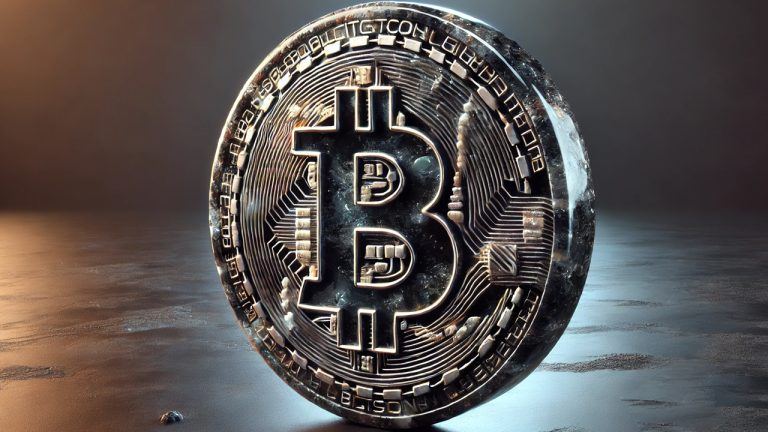
The financial advisory and accounting firm also revealed that Tether held roughly $3.4 billion worth of precious metals.
BDO Italia's latest attestation report for Tether revealed that Bitcoin (BTC) made up approximately $1.5 billion of the stablecoin issuer's reserves, or roughly 2% of the total, at the end of the first quarter. The accounting firm did not list Bitcoin as a line item in previous reports.
Without much fanfare, Tether has started reinvesting some of their profits/excess reserves into Bitcoin. How much have they acquired in Q1, you ask? Just around 52,670. pic.twitter.com/NI3N0oICOz
— girevik (@girevik_) May 10, 2023
Precious metals were also given their own line item in the report, revealing that Tether holds around $3.4 billion worth of the assets, or approximately 4% of total reserves.
In an accompanying announcement, Tether said it included information about its Bitcoin and precious metals holdings to provide increased transparency to holders of the USDT stablecoin:
“The CRR provides for the first time, additional categories with the aim of increasing transparency into Tether’s reserves reporting. Physical gold, Overnight Repo, Corporate Bonds and Bitcoin ownership have been reported separately.”
The announcement also stated that Tether made $1.48 billion in profits over the course of the first quarter and increased the circulation of its coin by 20%. Because of this increased circulation, Tether’s total reserves have reached their highest point ever, at approximately $81.8 billion.
Tether’s newest growth may have been partially caused by the decline of its largest competitor, Circle’s US Dollar Coin (USDC). USDC briefly depegged in the secondary market in March due to concerns about its exposure to the failed Silicon Valley Bank. The coin regained its peg quickly, but its market cap has declined ever since. Circle CEO Jeremy Allaire has cited an alleged U.S. regulatory crackdown on crypto as another factor for its recent decline.














